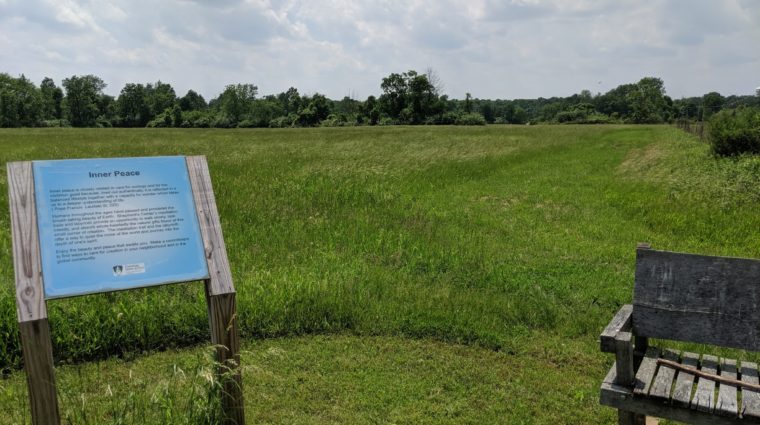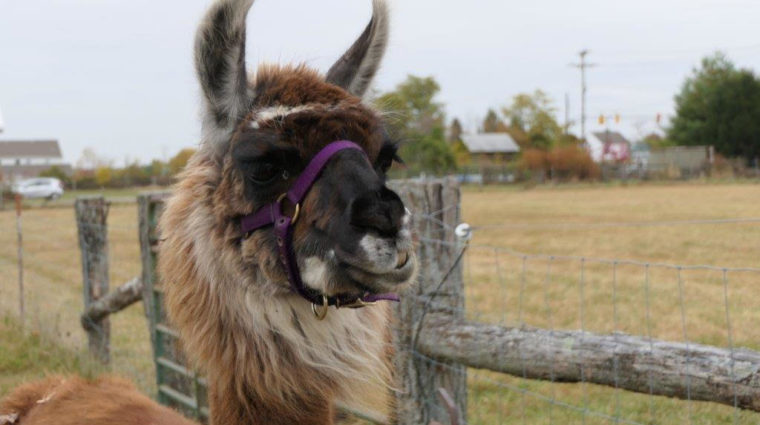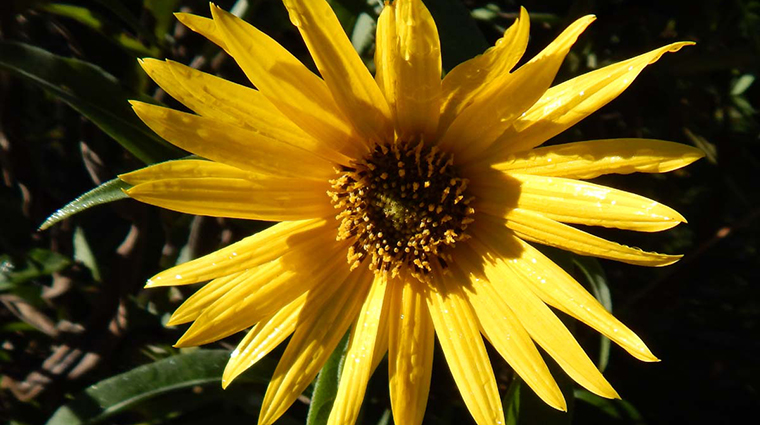-
Land

Gratitude for the gifts of creation resounds through these 160 acres of land, a natural oasis in the midst of development. -
Life

Life abounds in a multitude of species of plants and animals, all praising the Creator with their existence. -
Spirit

The human spirit finds refreshment and peace in time set apart for rest and reflection.
Happenings
-

Visit Shepherd’s Corner
We welcome visitors from April through mid-November. For 2024 we will be open to visitors from 10:00 am to 3:00 pm on Mo... -

Wetland Planting: April 20th
Our wetland project is well on its way! We will be holding our second planting day, open to volunteers over the age of 1... -
 Join us on June 8th for our Annual 5K Event! The fun run/walk starts at 9:00 am with check in beginning at 8:00 am. Regi...
Join us on June 8th for our Annual 5K Event! The fun run/walk starts at 9:00 am with check in beginning at 8:00 am. Regi...